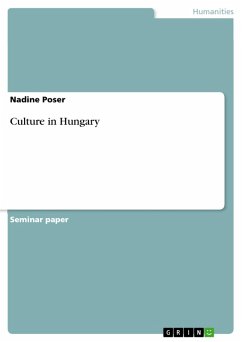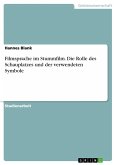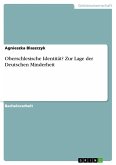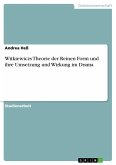Seminar paper from the year 2007 in the subject Cultural Studies - East European Studies, grade: A, The Emirates Academy (The Emirates Academy), course: Cult 201, language: English, abstract: Even though Hungary is often described as an Eastern European country, in fact, it is situated in the Carpathian Basin in Central Europe. Its capital is Budapest. The Republic of Hungary, as it is called officially, borders Austria, Slovenia, Romania, Ukraine, Serbia, Croatia, and Slovakia. The national language is Hungarian (Magyar), a tongue, which is unique in the whole world. Although it is part of the Finno-Ugric family of languages, Finnish or Estonians and Magyars are not able to understand each other. Until today it's not clear where these people originally came from. It can be assumed that they arrived somewhere from Asia. In history Hungary has survived several invasions, emerging empires and devastation of the Turks, the Tartars, the Habsburgs and the Russian. During those periods, the country went through various forms of governments, from Kingdom between 1000 and approximately 1900 to Communistic nation, beginning with the end of World War II until 1989, when the Iron Curtain fell on the border to Austria and the Eastern Bloc collapsed. Today's governmental form is a Parliamentary Republic. Hungarian people have a very strong bound towards their religious beliefs. 68 % of those who declare religious affiliation are Roman Catholic, 21 % Reformed (Calvinist) Protestants and 6 % Lutheran Protestants. Jewish now form a very small part of the Hungarian population, resulting from persecution during the Third Reich. There also exist a small number of Greek Catholic and Orthodox believers as well as Muslims. Like in other countries, Catholic culture in Hungary tends toward particularistic ethics in terms of absolute values. Geert Hofstede, a Dutch researcher, carried out a study of how values in the work place are affected by culture in order to evaluate their attitude and for avoiding misunderstandings in terms of business making and intercultural collaboration.
Dieser Download kann aus rechtlichen Gründen nur mit Rechnungsadresse in A, B, BG, CY, CZ, D, DK, EW, E, FIN, F, GR, HR, H, IRL, I, LT, L, LR, M, NL, PL, P, R, S, SLO, SK ausgeliefert werden.









